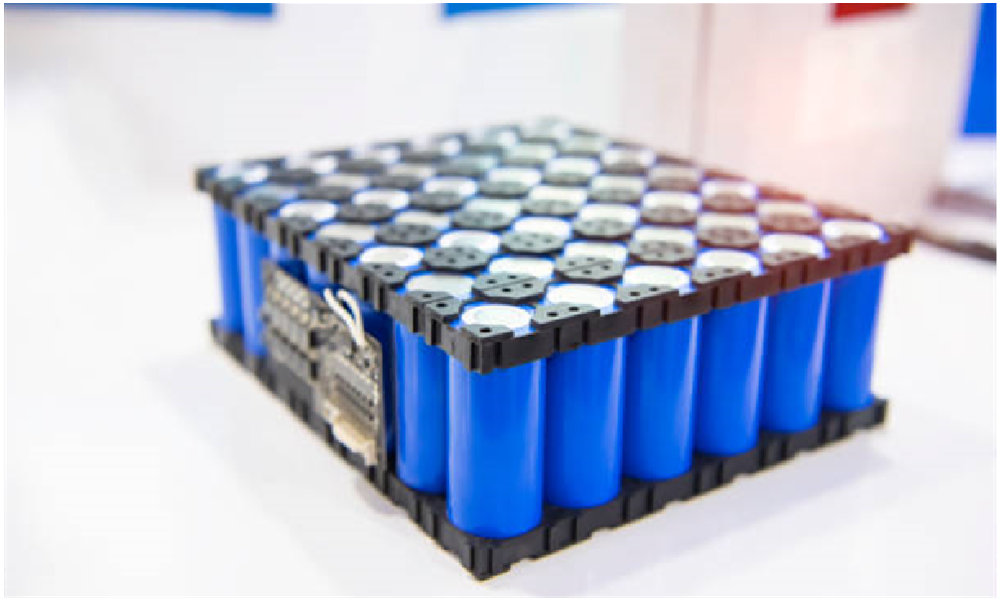According to incomplete statistics, from January to June 2022, there were as many as 47 projects involving iron phosphate and lithium iron phosphate in China, involving 6.06 million tons of iron phosphate and 6.72 million tons of lithium iron phosphate.
Since 2022, the enthusiasm for the expansion of lithium iron phosphate has continued unabated.
Stimulated by the shortage of lithium iron phosphate in the market, old companies continue to expand production capacity, and new players are also testing the waters across borders.
According to incomplete statistics, from January to June 2022, there were 47 domestic projects involving iron phosphate and lithium iron phosphate, involving 6.06 million tons of iron phosphate and 6.72 million tons of lithium iron phosphate.
From the perspective of the main body of production expansion, it is mainly divided into five forces: one is the traditional lithium iron phosphate cathode material enterprises represented by Hunan Yuneng and Hubei Wanrun;
The second is ternary material enterprises represented by GEM and Zhongwei; the third is phosphorus chemical and titanium dioxide enterprises represented by Longbai Group, Chuanfa Lomon and Jinpu Titanium; the fourth is represented by Anzhong Co., Ltd. Cross-border enterprises; the fifth is battery enterprises represented by Guoxuan Hi-Tech and Keliyuan.
Many forces have entered the game. On the one hand, it comes from the sharp increase in demand for lithium iron phosphate batteries and the resulting rise in the price of lithium iron phosphate materials; on the other hand, there is a huge long-term market space.
On the price side, since the beginning of this year, the quotation of battery-grade lithium iron phosphate has risen from 105,000/ton to 160,000/ton, an increase of 52%, and it is still running at a high level.
On the demand side, GGII survey data shows that from January to June 2022, the installed capacity of power batteries in China is 100.24GWh, of which the installed capacity of lithium iron phosphate power batteries is 55.02GWh, a year-on-year increase of 217%, accounting for 55% of the total installed capacity.
According to the calculation that 1GWh power battery needs about 2200-2500 tons of lithium iron phosphate cathode material, the above 55.02GWh will drive about 121,000-138,000 tons of lithium iron phosphate cathode material market demand.
According to GGII statistics, in 2022, the domestic shipment of lithium iron phosphate materials in H1 will be about 410,000 tons, a year-on-year increase of 136%. As the market share of lithium iron phosphate batteries continues to increase, the market demand for iron phosphate and lithium iron phosphate cathode materials will continue to rise.
However, it is worth noting that the domestic lithium iron phosphate planned projects in 2021 have exceeded 3 million tons, and the addition of the planned projects in the first half of this year means that the total planned production capacity has exceeded 9.72 million tons.
According to the calculation that 1GWh power battery needs about 2200-2500 tons of lithium iron phosphate cathode material, 9.72 million tons can meet the battery production capacity of about 3.9TWh-4.4TWh.
This far exceeds the forecast of 1.55TWh of global power battery shipments in 2025, and it is necessary to be alert to the emergence of overcapacity.
However, most of the above-mentioned expansion projects are still in the preliminary planning and approval stage, and the actual progress remains to be discussed.
At the same time, whether the EIA and energy consumption indicators can be passed will also affect the project, and most of the above-mentioned production capacity may be greatly reduced. In addition, the actual production capacity output of upstream lithium carbonate and iron phosphate may further affect the release of lithium iron phosphate production capacity.
Therefore, how to make strategic adjustments according to market conditions and how to gain an advantage in the fierce competition will become topics that enterprises need to explore in depth.

